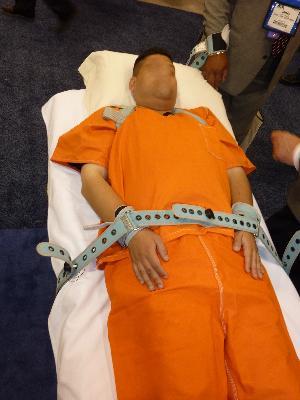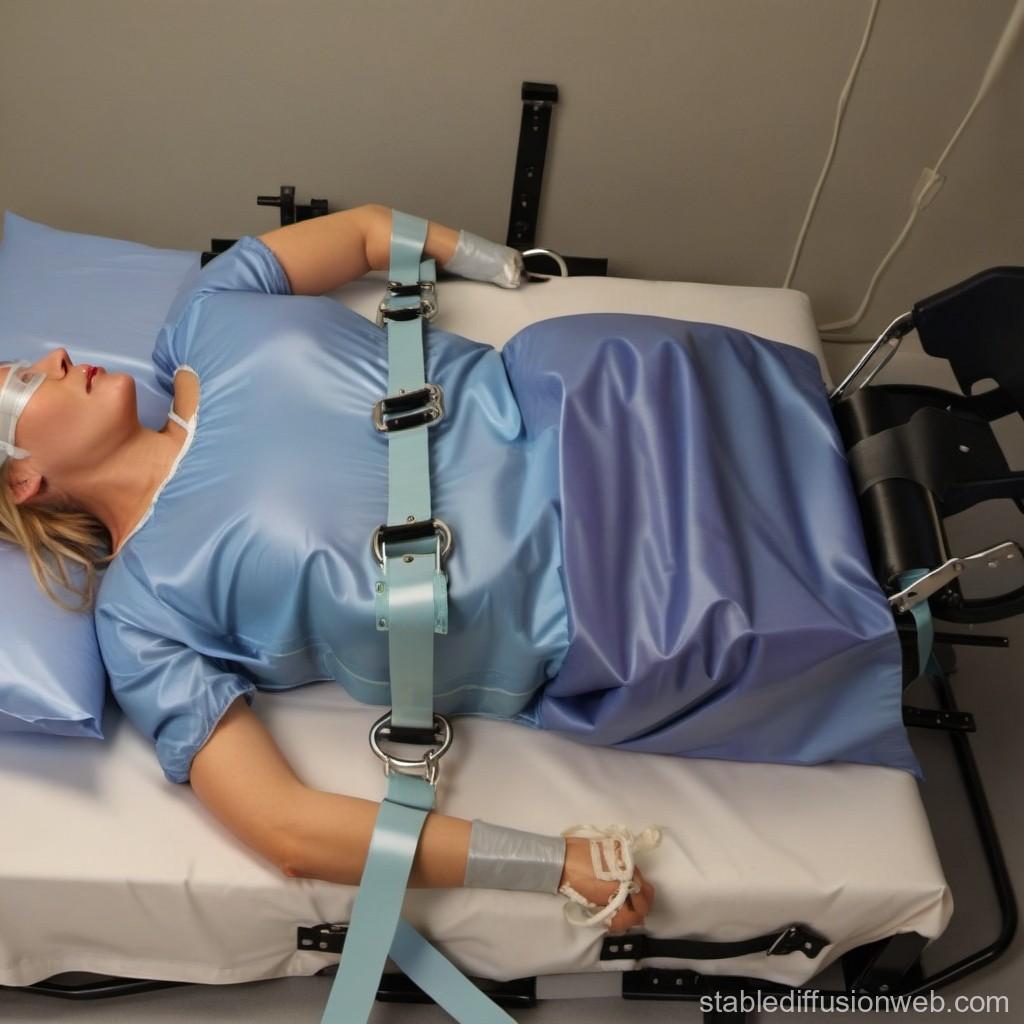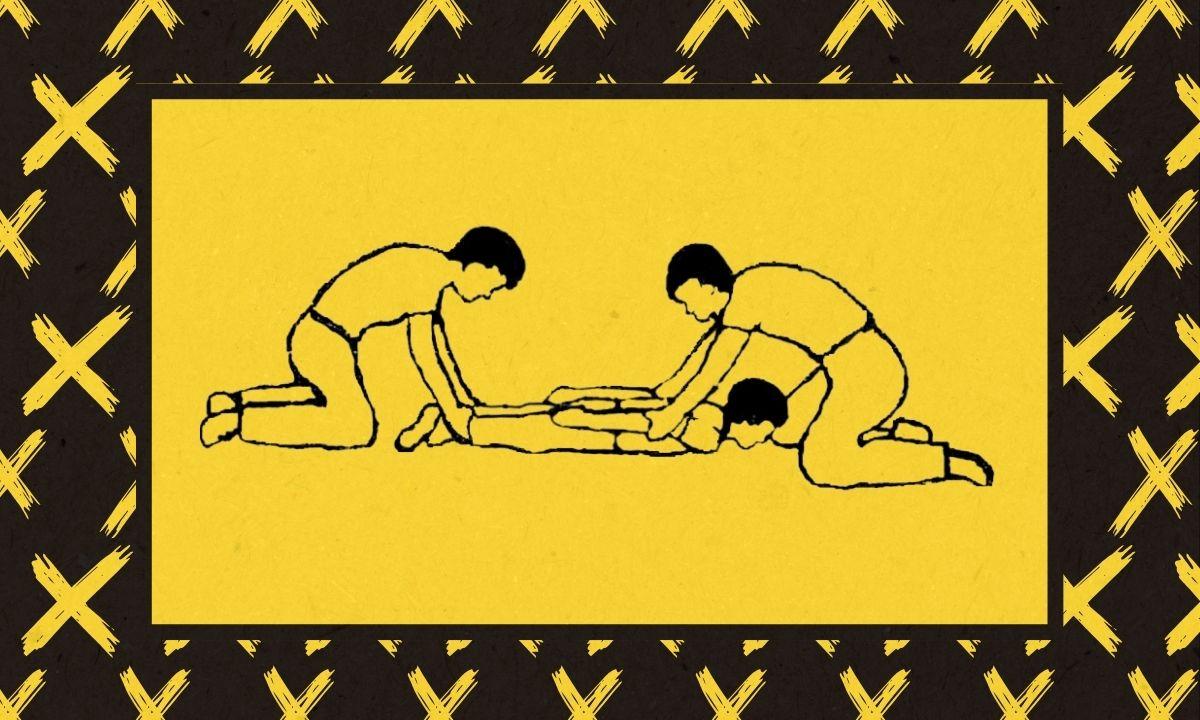The hallways echo with the hushed whispers of worried parents. A familiar knot of anxiety clenches in their stomachs. It’s back. Again. The news of another student being restrained at St. Johns Elementary has rippled through the community, leaving behind a residue of unease and a chorus of unanswered questions. This isn’t a new story, but it’s a story that refuses to fade, a story that continues to haunt the school’s corridors and leave a permanent mark on the hearts of its parents.
Table of Contents
- A Silent Struggle: The Impact of Restraint
- Whispers in the Halls: Parents Voice Concerns
- Beyond the Classroom: Seeking Solutions
- A Call for Change: Advocating for Safe and Inclusive Spaces
- Insights and Conclusions

A Silent Struggle: The Impact of Restraint
The use of restraint in schools is a controversial topic, with strong opinions on both sides. For parents of students at St. Johns, this issue is particularly pressing, as reports of restraint being used on their children continue to surface. While the school administration maintains that restraint is only used as a last resort, parents argue that it is a harmful and ineffective form of discipline, particularly for children with special needs. Some parents have expressed concerns about their children’s physical and emotional well-being following restraint incidents. They highlight the potential for trauma, injury, and long-term psychological damage. Others argue that restraint is a form of punishment that does not address the root causes of behavioral challenges. They advocate for alternative methods, such as positive reinforcement, conflict resolution, and therapeutic interventions. The debate over restraint raises important questions about the role of schools in managing student behavior and the responsibilities of educators in ensuring the safety and well-being of all students.

Whispers in the Halls: Parents Voice Concerns
A recent survey conducted by the St. Johns Parents Association revealed significant concerns about the continued use of restraint and seclusion on students. Parents expressed worries about potential long-term effects on their children’s mental and emotional well-being, questioning whether these methods are truly necessary and ethically sound.
The survey highlighted specific anxieties:
- Lack of transparency: Parents feel they are not adequately informed about the reasons behind restraint and seclusion, and the frequency with which these practices occur.
- Data gaps: There is a lack of clear data and reporting on the use of restraint and seclusion, making it difficult for parents to understand the extent of the issue and its impact on their children.
- Alternative approaches: Parents are eager to learn about and advocate for alternative interventions and strategies that could be implemented instead of restraint and seclusion.

Beyond the Classroom: Seeking Solutions
This isn’t just about classrooms. This is about building trust and fostering positive relationships between parents, teachers, and school administrators. It’s about finding solutions that meet the needs of all students, not just those who fit neatly into a box. It’s about recognizing that restraint is not the answer – it’s about understanding the root causes of challenging behavior and implementing strategies that support students’ holistic development. These solutions might include:
- Increased mental health services: Addressing the underlying emotional and behavioral issues that may contribute to restraint.
- Developing inclusive learning environments: Ensuring students feel heard, understood, and supported.
- Providing more training for teachers on effective classroom management strategies and de-escalation techniques.
This isn’t just about policies or procedures; it’s about a shared commitment to create a school environment where every student feels safe, valued, and empowered to learn and grow.

A Call for Change: Advocating for Safe and Inclusive Spaces
The recent incident involving a student at St. Johns Elementary has ignited a community-wide conversation about the safety and inclusivity of our schools. Concerns about the use of restraint techniques have surfaced, prompting parents to demand transparency and accountability. This issue highlights the critical need for comprehensive policies that emphasize de-escalation strategies, conflict resolution, and positive behavioral interventions. Parents are calling for open dialogue with school administration to address these concerns head-on and ensure that all students feel safe, respected, and supported within the school environment.
Insights and Conclusions
The echoes of frustration in the hallways of St. John’s continue, a somber melody playing against the backdrop of learning. As the debate over restraint unfolds, one thing remains clear: the wellbeing of children, both physical and emotional, must remain the guiding star in the search for solutions. The journey towards a safer, more inclusive environment for all students at St. John’s will require open communication, empathy, and a commitment to finding better pathways forward. For now, the quiet whispers of unrest linger, a reminder that true progress requires addressing the root causes, not just the symptoms, of the anxieties that plague the school community.

Leave a Reply